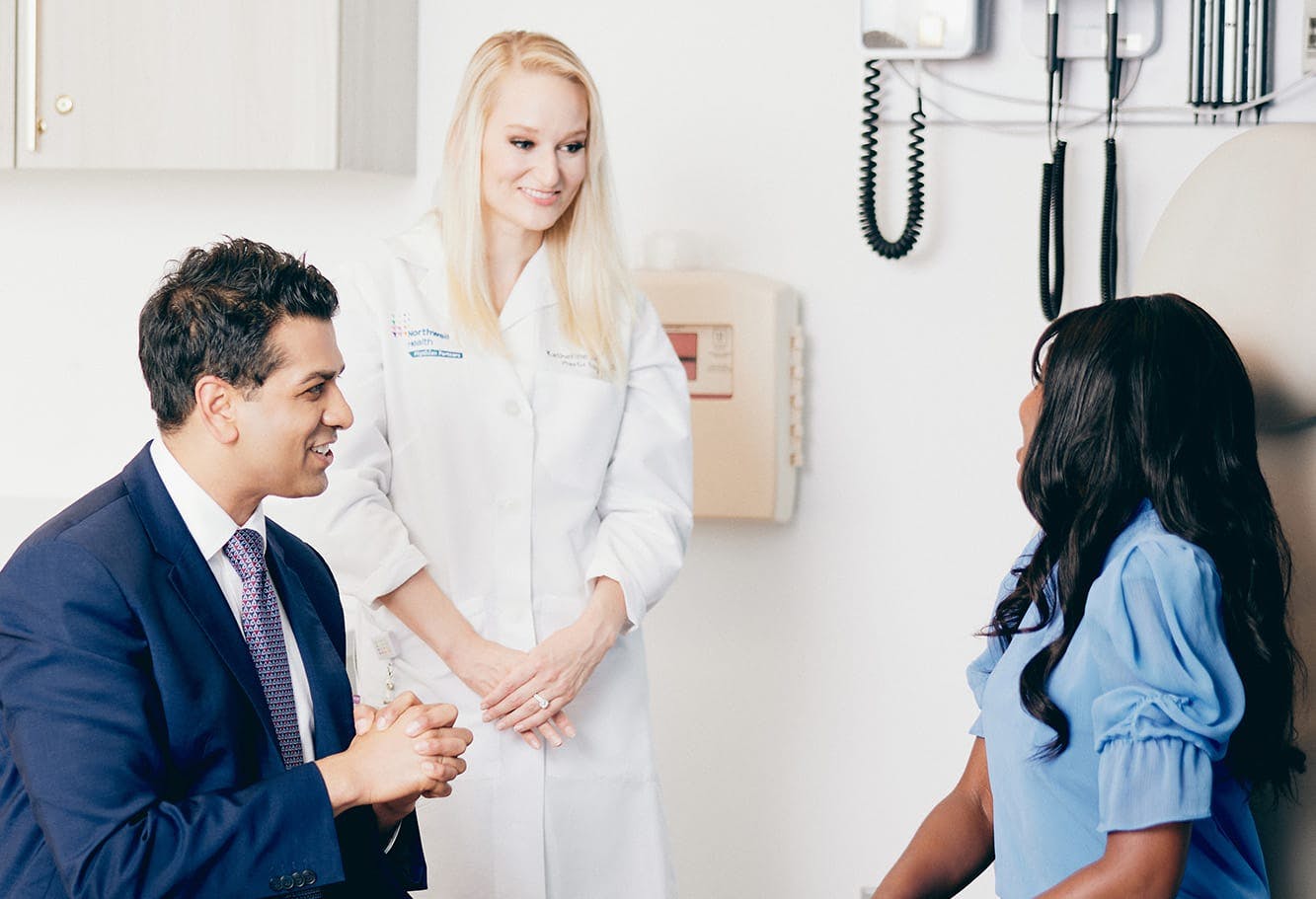Breast cancer is one of the most common forms of cancer affecting women in the United States. Read below to learn more about this condition and how we can help.
Are You At Risk For Breast Cancer?
While some of the risk factors are known, as many as 75 percent of women who get breast cancer do not have any of these risk factors. The bottom line is any woman is at risk. Breast cancer continues to be the most common cancer affecting women in the United States, with about 300,000 new cases diagnosed yearly. Approximately one in eight women will eventually develop the disease.
While the causes for the disease are not completely understood at this time, some risk factors are known.





